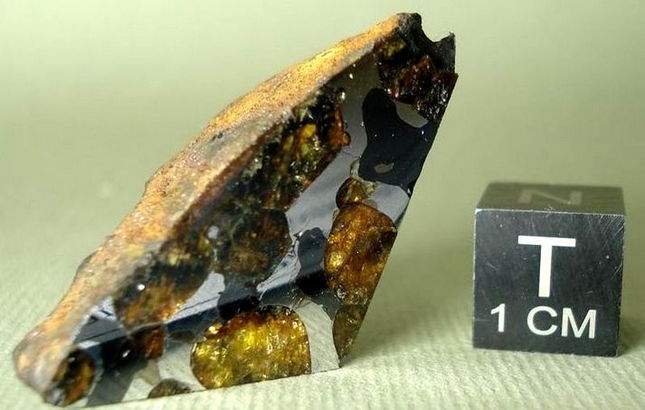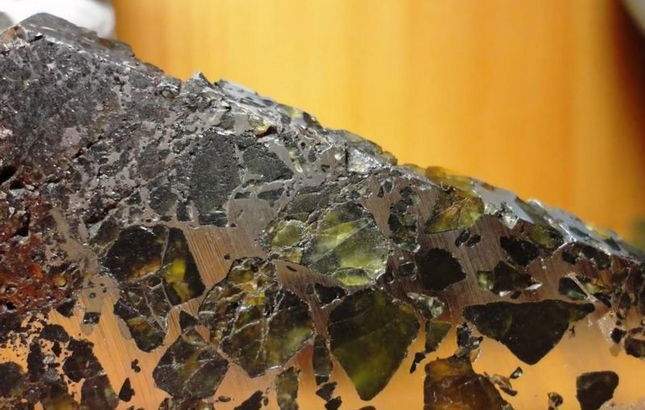Pallasite meteorites. Expensive finds worth over $1 million
What are the most expensive meteorites? Let’s take a look at a pallasite. By way of example, a piece of the famous Fukang meteorite was sold for $2 million. And it’s just a mere piece! Researchers assume that the find is more than 4.5 billion years old… I wonder whether the Earth had already existed.

Pallasites are some of the most beautiful space rocks that can be found with a metal detector. It’s a type of meteorite made of a nickel-iron alloy laced with olivine crystals (semi-precious stones). It’s a really rare find – pallasites account for only 1% of all known meteorites that have fallen to Earth.
But there are also pallasites which are rarest of the rare – some of them contain diamonds, instead of olivine. Scientists say the diamonds were formed by carbon-rich cosmic dust near carbon stars and supernovae producing flashes. Diamonds in meteorites are presumably older than the solar system itself!

The price of a space rock containing a diamond can reach a few thousand dollars per gram. There are known cases when ornaments made from fragments of pallasites were worn by kings and emperors. The most famous pallasite is the Fukang meteorite.
Scientists assume that the Fukang meteorite fell on Earth about 4.5 billion years ago. The find is almost the same age as our planet. The meteorite was found near the town of Fukang, China, and got the same name. A big chunk consisting of iron-nickel matrix with amber colored olivine crystals – it’s one of the most beautiful (and expensive) meteorites in the world!

The meteorite was discovered by American tourist who had stopped near a giant rock to have lunch. The rock weighed over a thousand kilograms. Since the day it was found till now it has been divided into a nearly thousand slices that are sold all over the world. The largest broken-off piece has the weight of 420 kg and is owned by the University of Arizona. In 2008, this specimen was sold for 2 million dollars at an auction at Bonham’s in New York.
According to some studies, the Fukang is composed of 50% olivine and 50% nickel-iron. Scientists believe the meteorite is a relic of the forming planet.
Why are these rocks called pallasites? They got their name in the 18th century, in honor of Peter Simon Pallas – the German naturalist and traveler, academician, professor of natural history at the St. Petersburg Academy of Sciences, member of numerous national and international scientific societies, including the Royal Swedish Academy of Sciences and the Royal Society of London.
It all started with the fact that Pallas brought back a stony-iron meteorite from his expedition in Siberia (the village of Medvedkovo, Krasnoyarsk Territory) in 1772. The find weighing 687 kg was given the name “Pallas iron”. Scientists immediately started to examine the chunk and determined almost at once that it was of extraterrestrial origin. A completely new discipline at that time – the science of meteoritics – emerged from that find, whereas this type of stony-iron meteorites got their name “pallasites”.

All content related to meteorite finds is collected here. Also, there is an additional category – unusual finds made with and without a metal detector. There you can find the most amazing things that can happen to a treasure hunter!
